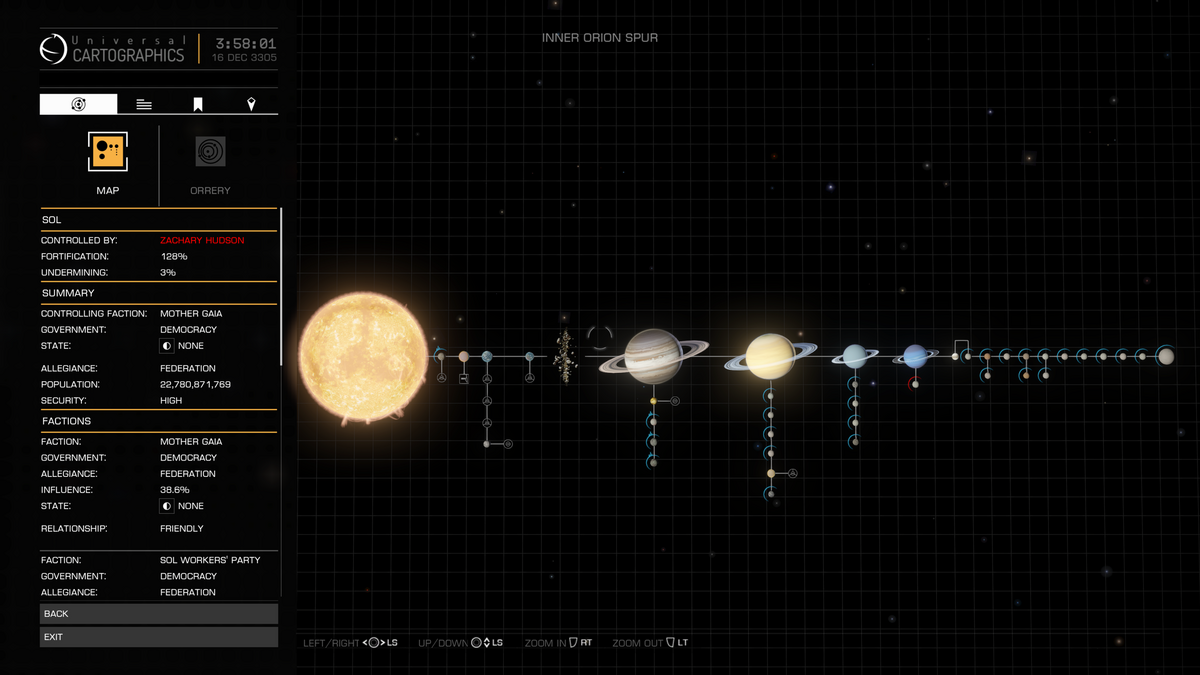When I last played the game in 2014/2015 the universe was really beautiful. And it appears to be even more beautiful now. A lot more things to see in general which is great because after you see one thing 1000 times it gets old. The big thing that was missing in my mind was dangerous/hazardous/violent stellar events. Like asteroid impacts, comets, dangerous black holes, asteroid collisions, supernovae, meteor showers, rogue planets, etc.
In real life many of these things would be rare but they could be increased in frequency in the game so people could see them once in a while. Actually some systems especially the closer you get to the center of the galaxy would probably be very fast moving and dangerous. I'd really like to drop into a system that is in the process of forming planets.
Also, does the Sol System have the asteroid belt, Kuiper Belt, Heliosphere, and Oort Cloud? How detailed is the depiction of our solar system? Because there's a lot of very interesting regions. I'd really like to experience flying through the termination shock and bow shock of the Heliosphere.

 en.wikipedia.org
en.wikipedia.org
In real life many of these things would be rare but they could be increased in frequency in the game so people could see them once in a while. Actually some systems especially the closer you get to the center of the galaxy would probably be very fast moving and dangerous. I'd really like to drop into a system that is in the process of forming planets.
Also, does the Sol System have the asteroid belt, Kuiper Belt, Heliosphere, and Oort Cloud? How detailed is the depiction of our solar system? Because there's a lot of very interesting regions. I'd really like to experience flying through the termination shock and bow shock of the Heliosphere.


